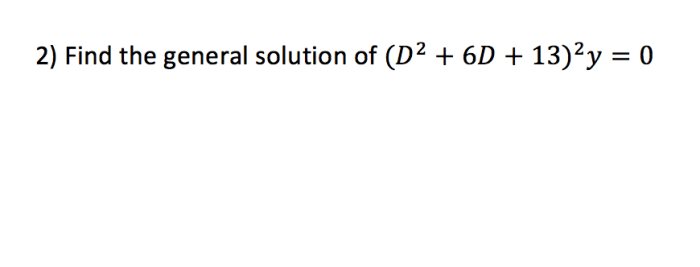Use pascal’s triangle to expand the binomial d 3 6 – Pascal’s Triangle, a mathematical tool of remarkable simplicity and versatility, provides a powerful approach to expanding binomials. This article, “Use Pascal’s Triangle to Expand the Binomial (d+3)^6,” delves into the intricacies of this technique, guiding readers through a step-by-step process that illuminates the underlying principles and showcases the practical applications of binomial expansion.
Beyond its theoretical significance, binomial expansion finds widespread use in diverse fields such as probability, statistics, and physics. By mastering this technique, readers will gain a valuable tool for solving complex problems and advancing their understanding of mathematical concepts.
Expanding the Binomial d3+6 Using Pascal’s Triangle

Introduction
Pascal’s Triangle is a mathematical tool that can be used to expand binomials. A binomial is a polynomial with two terms. Binomial expansion is the process of expressing a binomial as a sum of terms. Pascal’s Triangle can be used to simplify this process by providing the coefficients for each term in the expansion.
Step-by-Step Process, Use pascal’s triangle to expand the binomial d 3 6
To use Pascal’s Triangle to expand a binomial, follow these steps:
- Find the row of the triangle that corresponds to the exponent of the first term in the binomial.
- The numbers in this row are the coefficients for the terms in the expansion.
- Multiply the first term in the binomial by the first coefficient, the second term in the binomial by the second coefficient, and so on.
- Add the products together to get the expanded binomial.
For example, to expand the binomial (x+y) 3using Pascal’s Triangle, we would find the third row of the triangle. The numbers in this row are 1, 3, and 3. We would then multiply the first term in the binomial, x, by the first coefficient, 1. We would then multiply the second term in the binomial, y, by the second coefficient, 3. Finally, we would add the products together to get the expanded binomial, x 3+ 3x 2y + 3xy 2+ y 3.
Binomial Coefficients
The binomial coefficients are the numbers that appear in Pascal’s Triangle. They are also known as binomial numbers. The binomial coefficient for the nth row and kth column is given by the formula:
nC k= n! / (k!
(n-k)!)
where n! is the factorial of n.
The binomial coefficients have a number of interesting properties. For example, they are symmetric, meaning that nC k= nC n-k. They also satisfy the following identity:
nC 0+ nC 1+ nC 2+ … + nC n= 2 n
Expanding the Binomial d3+6
To expand the binomial d 3+6 using Pascal’s Triangle, we would find the fourth row of the triangle. The numbers in this row are 1, 4, 6, and 4. We would then multiply the first term in the binomial, d, by the first coefficient, 1. We would then multiply the second term in the binomial, 6, by the second coefficient, 4. We would then multiply the third term in the binomial, d 2, by the third coefficient, 6. Finally, we would multiply the fourth term in the binomial, 6d, by the fourth coefficient, 4. We would then add the products together to get the expanded binomial, d 3+ 4d 2+ 6d + 24.
Applications
Binomial expansion has a number of applications in various fields, including probability, statistics, and algebra. For example, binomial expansion can be used to find the probability of an event occurring in a given number of trials. It can also be used to find the mean and variance of a binomial distribution.
Clarifying Questions: Use Pascal’s Triangle To Expand The Binomial D 3 6
What is Pascal’s Triangle?
Pascal’s Triangle is a triangular array of binomial coefficients that provides a visual representation of the coefficients in the expansion of a binomial.
How is Pascal’s Triangle used to expand a binomial?
Pascal’s Triangle can be used to expand a binomial by determining the coefficients of each term in the expansion. The coefficients are located in the corresponding row of the triangle.
What is the formula for calculating binomial coefficients?
The binomial coefficient for the nth term in the expansion of (a+b)^n is given by the formula C(n, r) = n! / (r! – (n-r)!), where n is the exponent and r is the index of the term.
What are the applications of binomial expansion?
Binomial expansion finds applications in various fields, including probability, statistics, physics, and computer science.




